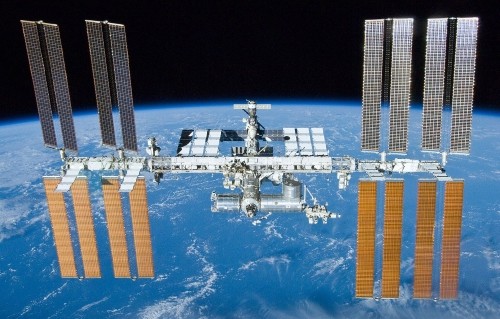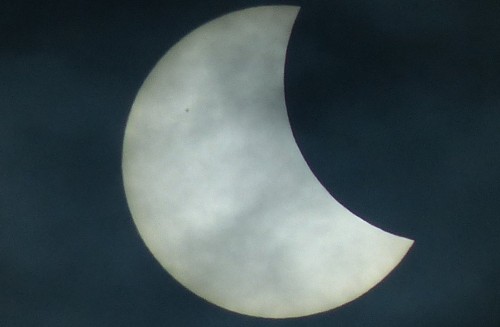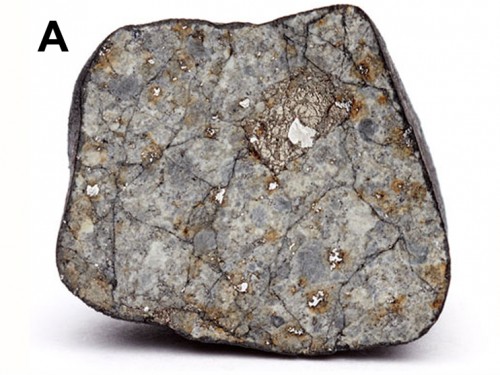Tag archives: meteorites
Santa and the space station, holiday gift suggestions and no Christmas presents for SUSY

Father Christmas will soon be on his way to the International Space Station. (Courtesy: NASA)
By Hamish Johnston
In this festive edition of the Red Folder, NASA has come up with a great way for youngsters to spot Santa’s sleigh as it streaks across the sky on Christmas Eve. It turns out that Santa hitches a ride with the International Space Station, so you can use NASA’s Spot the Station tool to find out when Father Christmas will be visible above your town. A search on Bristol, UK reveals that Santa will be overhead at 17:21 – perfect for getting the children to bed early.
Hoverboards had looked set to be the hot gift this Christmas, but now the news is full of horror stories about the two-wheeled contraptions bursting into flames. Blogger Sabine Hossenfelder has written a wonderful self-described “rant” about an article in Wired by the physicist Rhett Allain called “You can’t ride a hoverboard without Einstein’s theory of general relativity”. In the true spirit of a Christmas pantomime, Hossenfelder’s response is “Oh yes you can”.
Undeterred, Allain has just posted a new item on Wired that looks at the physics – or lack thereof – in this Christmas’s blockbuster film: “The physics in Star Wars isn’t always right and that’s ok”. I look forward to Hossenfelder’s riposte!
Partial eclipse, meteorites and northern lights enthral a nation

Spot on: this photograph of the Sun taken during today’s eclipse clearly shows a sunspot. (Courtesy: David Bloomfield)
By Hamish Johnston
Earlier today millions of people in north-western Europe had the opportunity to see a partial eclipse of the Sun – or a total eclipse for the lucky few in northern Norway and the Faroe Islands. Although it was a bit hazy here in Bristol, we were treated to spectacular views of the Moon covering 87% of the Sun. We have put up a Flickr album of images taken by colleagues here at IOP Publishing including the amazing photo above. It was taken by David Bloomfield and clearly shows a sunspot in the upper-left portion of the Sun.
View all posts by this author | View this author's profile
Chelyabinsk exposed: the anatomy of an asteroid impact

Exhibit A: a 4 cm-wide meteorite created by the Chelyabinsk asteroid explosion with “shock veins” in it. (Courtesy: Science/AAAS)
By Matin Durrani
If there is one thing that will be remembered about Friday 15 February 2013, it’s that it was the day when a massive asteroid blew up above the city of Chelyabinsk in Russia – creating the largest explosion on the planet since the one that occurred over the Tunguska river in Siberia in 1908.
But whereas hardly anyone saw or recorded information about the Tunguska explosion, the Chelyabinsk asteroid blew up over a relatively densely populated region and – perhaps more importantly – its journey through the air was recorded by numerous cameras and webcams that nervous Russian drivers love to install on their cars. Video footage of the event was soon seen by people all over the world.
Now, based on data from those videos and visits to some 50 local villages, researchers from the Czech Republic and Canada have published a paper in the journal Science detailing the trajectory, structure and origin of what they call the “Chelyabinsk asteroidal impactor”. The paper goes live on Thursday 7 November.
To save you the trouble of reading the full article, I’ve picked out a couple of factoids that might intrigue and interest you.
View all posts by this author | View this author's profile